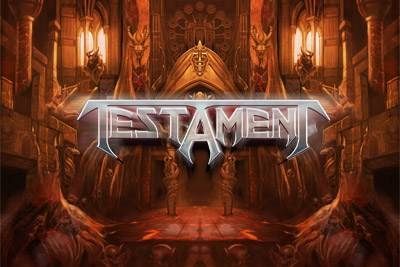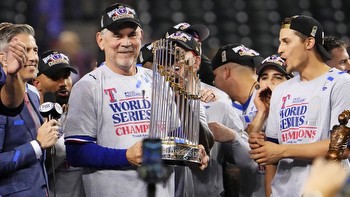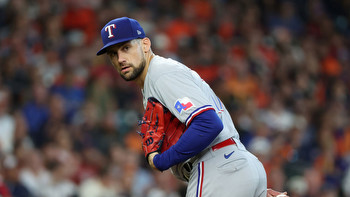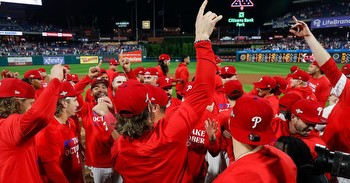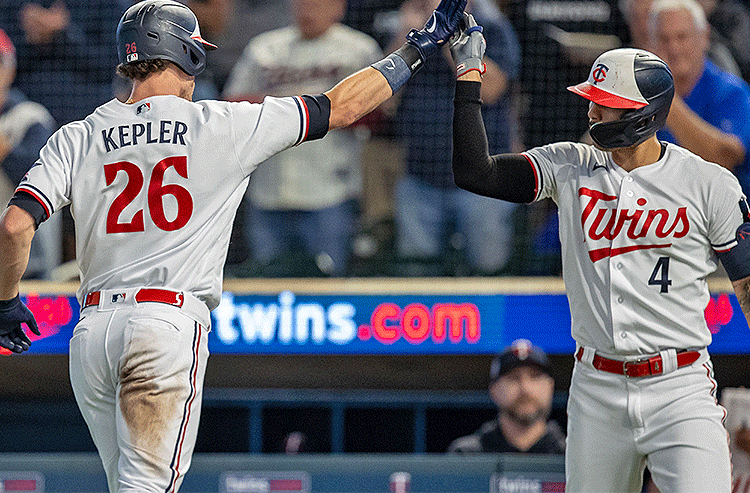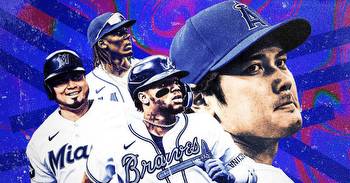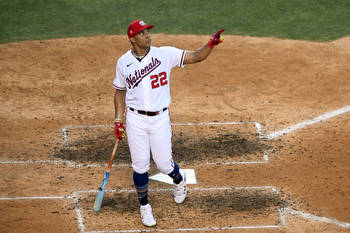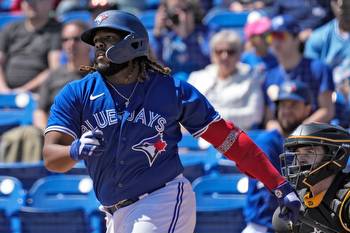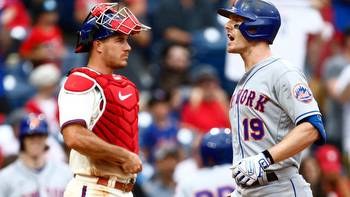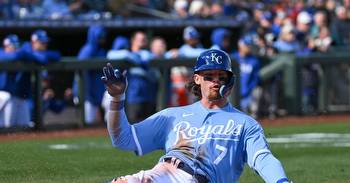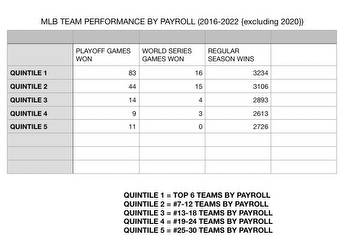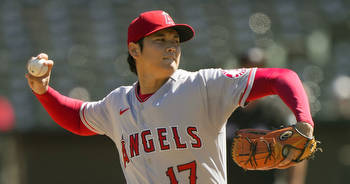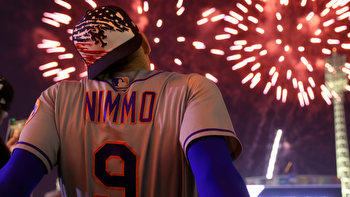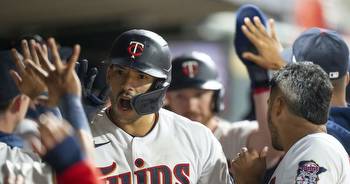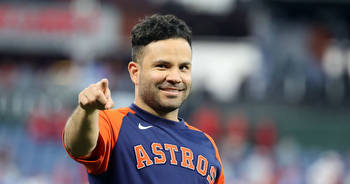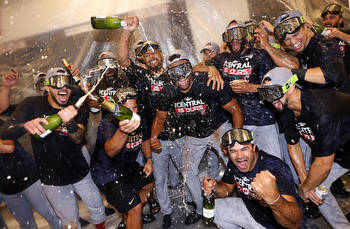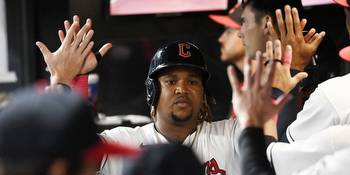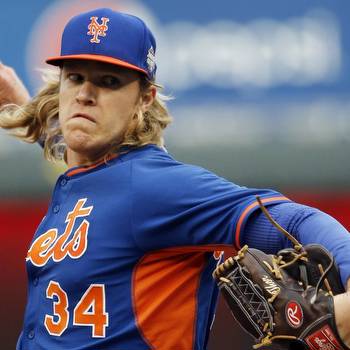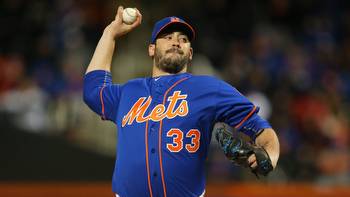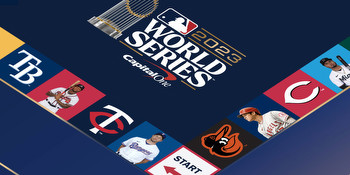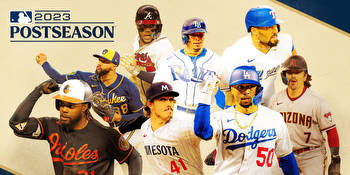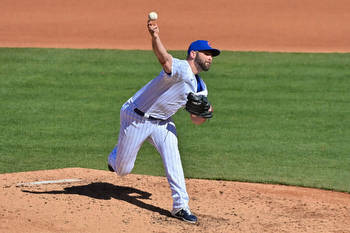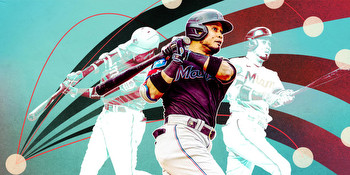4 recent MLB teams that made same “leap” 2023 Marlins hope to make
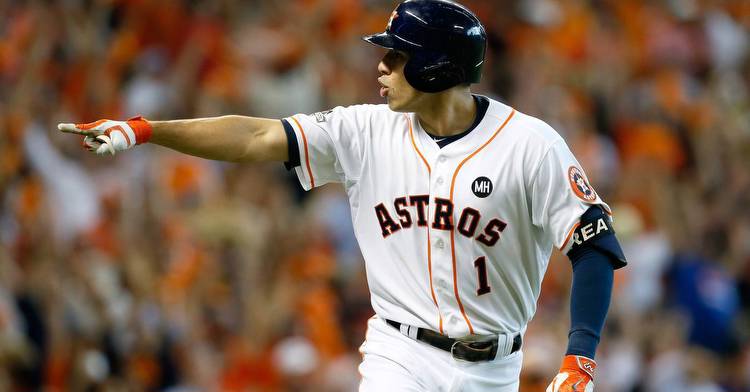
Although every person sets their own personal expectations entering a new season, it’s safe to say that the vast majority of Miami Marlins would be satisfied if they reached the 2023 MLB playoffs. Such an accomplishment would require approximately 16 more wins than the Fish had in 2022, as Peter Pratt points out. The ever-optimistic Locked On Marlins host is my inspiration for this article.
Although uncommon in Marlins history, across Major League Baseball, there are plenty of recent examples of teams making remarkable year-to-year improvements. Specifically, I mean leaps that propelled non-competitive clubs into October. The industry’s top public projection systems are holding out mild hope for Miami—entering Sunday, FanGraphs and PECOTA had their playoff odds set at 17.5% and 14.7%, respectively.
I attempted to find other MLB teams that were clearly “out of it” one year and postseason qualifiers the next. My criteria for the former was playoff odds being below 5% on FanGraphs entering the midseason trade deadline. The 2022 Marlins, for instance, had sunken to 0.4% with a 47-56 record at that juncture. FanGraphs has provided daily playoff odds updates going back to 2014, so that was my arbitrary cut-off for this exercise.
There were more than four big leapers to consider. The sample could’ve been expanded even further if I retroactively applied the current 12-team postseason structure to previous seasons. The common thread between them is predictable: many members of the roster need to enjoy career years at the same time.
Beyond that, I determined that these sudden turnarounds were particularly applicable to the Marlins.
2014/2015 Houston Astros
What changed:
- Payroll boost (Opening Day roster up 44% year-to-year)
- Injury luck (decrease of 200+ team games missed from 2014 to 2015)
- New MLB manager (Bo Porter and Tom Lawless in 2014 vs. A.J. Hinch in 2015)
- Expanded role breakout (George Springer)
- Rookie sensation (Carlos Correa)
The Astros frankly were not trying to compete during the first half of the 2010s. But by 2015, their years of tanking culminated in a wave of young players that was talented enough to fill in the holes on the roster around franchise centerpieces José Altuve and Dallas Keuchel.
Aside from the AL Cy Young award winner Keuchel, the 2015 pitching staff was deep. All 16 arms who faced at least 100 batters posted earned run averages below 4.50.
2014/2015 New York Mets
What changed:
- Payroll boost (Opening Day roster up 19% year-to-year)
- Fruitful trade acquisition (Yoenis Céspedes)
- Matt Harvey’s availability (missed all of 2014 due to Tommy John surgery recovery)
- Expanded role breakout (Jacob deGrom)
- Rookie sensation (Noah Syndergaard)
Over the course of the full 2015 season, Curtis Granderson and Matt Harvey were indispensable. Granderson rebounded to his terrific career norms after a lousy debut campaign in New York, while Harvey pitched 189 ⁄3 innings, an extremely heavy workload for a pitcher who was fresh off of Tommy John.
At the time of their Yoenis Céspedes blockbuster, the Mets were still on the outside looking in at the NL playoff picture. They proceeded to win 18 of the first 24 games with him in the lineup to seize control of their own destiny.
2018/2019 Minnesota Twins
What changed:
- Injury luck (735 team days on the IL in 2018 vs. 619 team days on the IL in 2019)
- New MLB manager (Paul Molitor in 2018 vs. Rocco Baldelli in 2019)
- Fruitful free agent signing (Nelson Cruz)
- Rookie sensation (Luis Arraez)
The Twins practically doubled their home run total year-to-year from 166 to 307. Their lineup had no easy landing spots—of the 14 players who accrued the most plate appearances, 13 of them rated as above-average hitters per weighted runs created plus (101 wRC+ or higher).
In 2018, the Twins did decently against the weakest links in the AL Central (the Chicago White Sox, Detroit Tigers and Kansas City Royals). But in 2019, they slaughtered those rivals to the tune of a 41-16 head-to-head record.
2021/2022 Cleveland Indians/Guardians
What changed:
- The team nickname (finally!)
- Payroll boost (Opening Day roster up 37% year-to-year)
- Injury luck (853 team days on the IL in 2021 vs. 685 team days on the IL in 2022)
- Expanded role breakouts (Andrés Giménez, Triston McKenzie)
- Rookie sensation (Steven Kwan)
Cleveland’s renamed club posted the lowest strikeout rate of any offense in baseball—after being roughly league average in 2021—while also raising their batting average on balls in play. Good combination.
Their bullpen went from a strength to borderline impenetrable. Guardians relievers led the majors in win probability added by a wide margin in 2022, delivering peak performance when it mattered most.
The Marlins can take bits and pieces from each of these success stories.
Payroll needed to go up to give them a fighting chance. Principal owner Bruce Sherman has obliged, and if there’s a rental bat like prime Céspedes on the trade market in July, they should have the flexibility to absorb his contract. If healthy, Jesús Luzardo could be on the verge of a deGrom/McKenzie breakout (MLB.com agrees). Rookie manager Skip Schumaker is putting his stamp on Marlins camp this spring, trying to build healthier relationships with players than his predecessor did. Would anybody be surprised if they have another “rookie sensation” in right-hander Eury Pérez? Also, that Luis Arraez guy from the 2019 Twins sounds familiar! From drafting Jacob Berry to acquiring Arraez, the past half-year has been filled with transactions that prioritize contact hitting in a Guardians-like way.
Although the Marlins front office stopped short of going “all in” for an immediate postseason berth, the similarities between them and the aforementioned teams are apparent. With some good fortune on their side, they are capable of making a leap in 2023.
